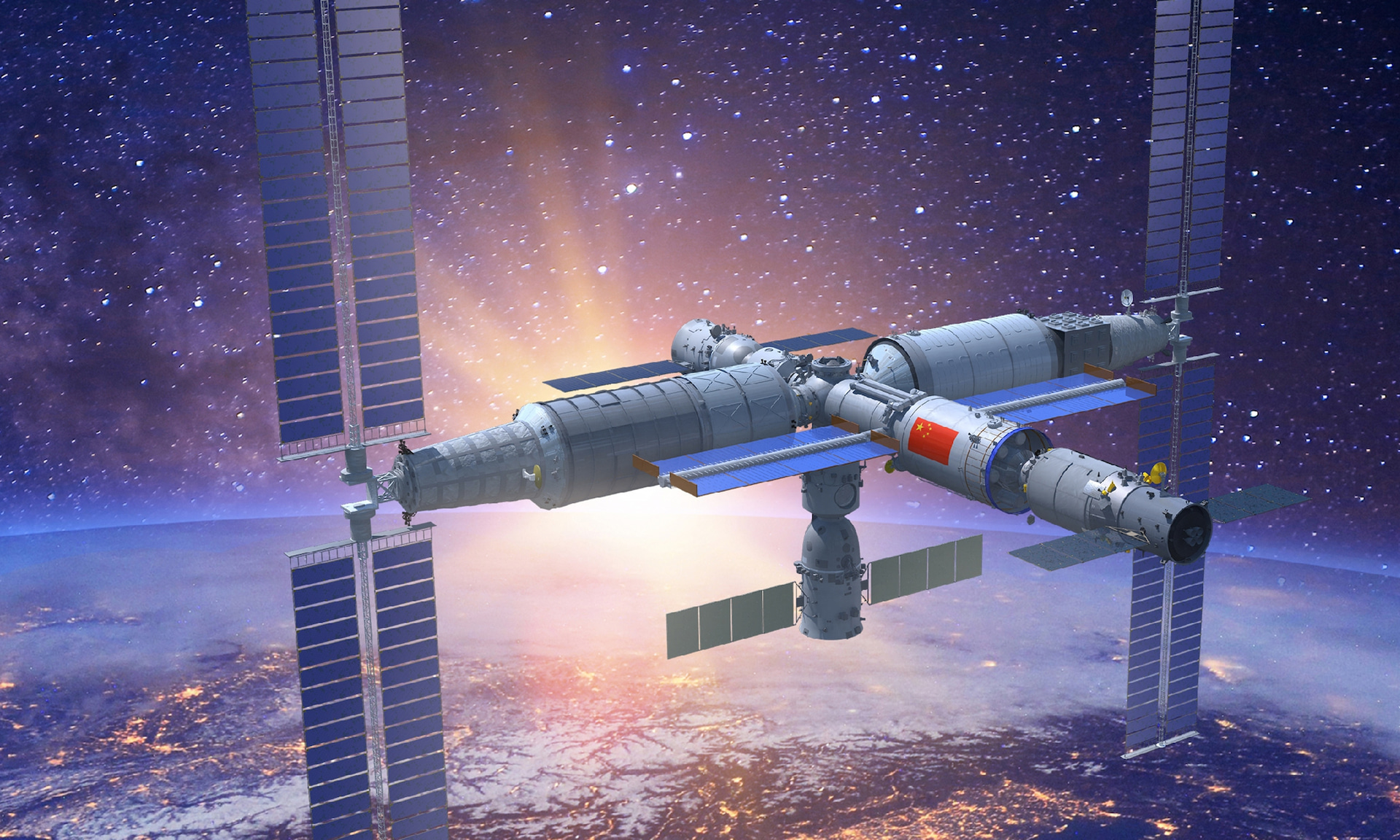|
Getting your Trinity Audio player ready...
|
Tiangong, China’s space station, is almost finished. On Monday, the third and last module is slated to fly into low Earth orbit. Over the course of its minimum 10-year lifespan, the station—the only other laboratory in orbit—is anticipated to hold more than 1,000 scientific experiments. These include researching the behavior of fires and the impact of microgravity on living tissues. According to Paolo de Souza, who develops space technology at Griffith University on Australia’s Gold Coast, constructing a space station is a tremendous accomplishment. It is excellent. For Chinese researchers, the space station has created a brand-new scientific playground, he continues.
Brad Tucker, an astronomer at the Australian National University in Canberra, said researchers from other nations will also have access to the orbiting laboratory. Nine international experiments, developed by scientists from Japan, Russia, India, Mexico, and other countries in cooperation with the United Nations, have been chosen by China to be sent to the outpost. Mengtian, the last module, is one of two constructed to house scientific investigations; Wentian, the other, was launched in July. Mengtian and Wentian will combine to form the arms of the space station by docking with the Tianhe core module, which has been orbiting the planet since April 2021. As the station is currently “flying along lop-sided, which demands a lot of energy to maintain orientated,” says Jonathan McDowell, an astronomer at the Harvard-Smithsonian Center for Astrophysics in Cambridge, Massachusetts, the Mengtian module is essential to restoring symmetry to the station. The outpost has already been visited by astronauts and cargo missions, and a three-person staff now resides there.
More than 20 miniature laboratories with centrifuges, cold chambers that can reach -80 °C, a high-temperature furnace, several lasers, and an optical atomic clock are on board. These will be employed to carry out experiments like to those performed on the International Space Station (ISS), such as studies into the health effects of prolonged confinement in low Earth orbit, strategies for preventing fires on diverse materials, and the quantum aspects of gases. The station’s three exterior facilities will be used to examine how cosmic radiation affects microorganisms and plants. Since China is not a member of the ISS, its astronauts have not been permitted access. NASA, a participant in the ISS, is not allowed to collaborate bilaterally with China under US regulations. According to de Souza, who hopes the results will be made public, a new space laboratory will allow scientists to replicate experiments that have been carried out on the ISS to see if the results can be replicated. I’m here waiting for the results on the edge of my seat, he says.
According to Zhang Wei, a director at the Technology and Engineering Center for Space Utilization, Chinese Academy of Sciences in Beijing, more than 25 research projects are already underway, including ones to investigate the effects of microgravity on plant cells, bone and muscle, as well as on molten materials, along with protein-crystallization experiments. The 12,000 seeds, which included alfalfa, oats, and fungal seeds, were taken to the space station by the crew and exposed to cosmic radiation and microgravity for six months before being returned in April to be planted on Earth, according to Chinese state news media. Thale cress and rice seedlings that were planted in Wentian in the latter part of July have begun to sprout, according to researchers at the Chinese Academy of Sciences. Mengtian will launch from Wenchang in southern China atop a Long March 5B rocket. As has happened with earlier flights utilizing this kind of rocket, the rocket will probably make an uncontrolled reentry into the atmosphere, and several tons of debris may crash somewhere on the surface of the Earth. Some scientists are concerned that the debris may land near people. McDowell asserts that “the risk is real.” “Fortunately, the majority of the Earth’s surface is water or uninhabited land, so the likelihood of hitting a densely populated location is low.”


